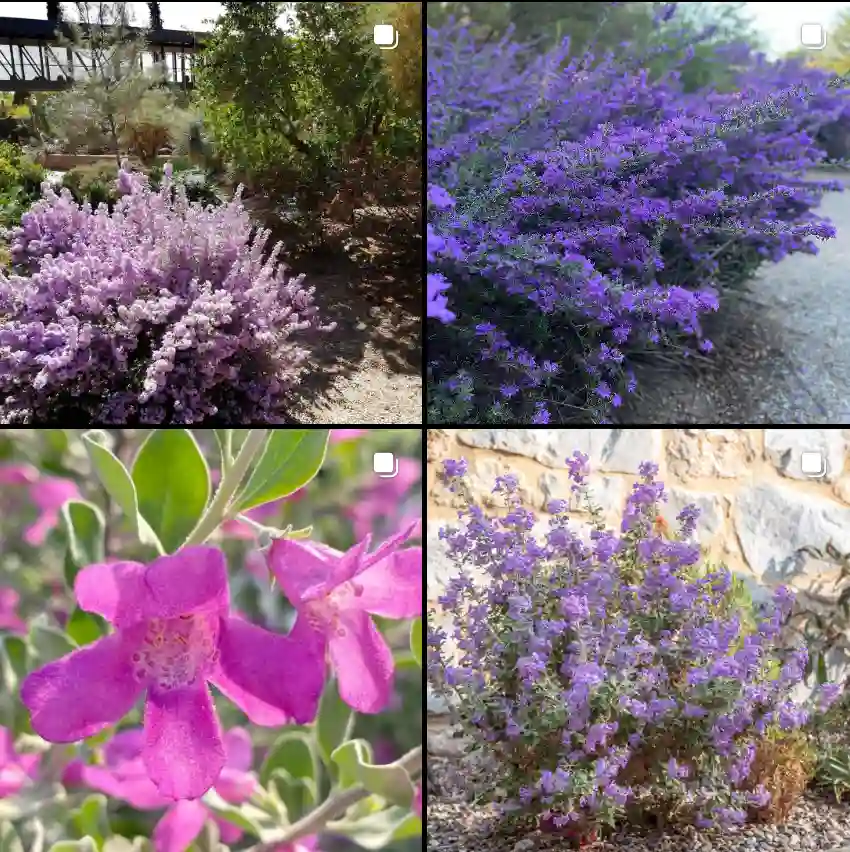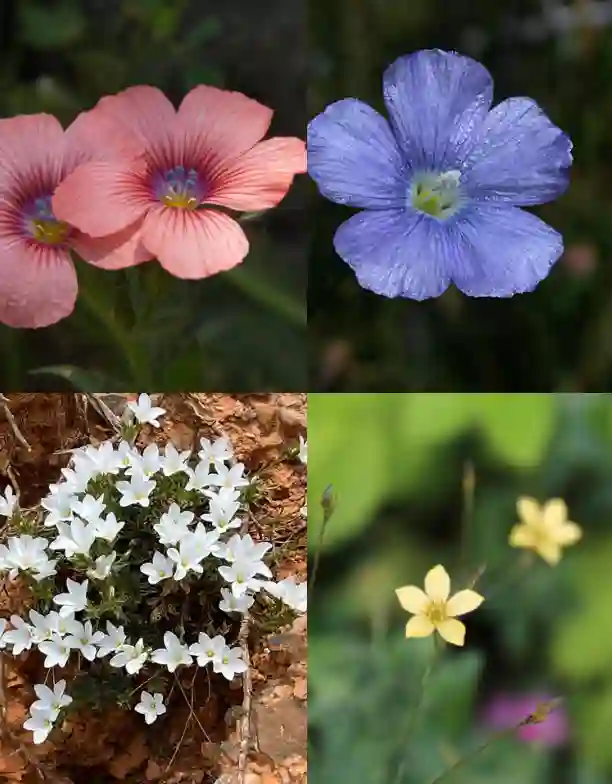Ferraria: A Floral Fascination
My name is Ferb Vu, and I’m captivated by the botanical world. Among the myriad of plant genera that pique my interest, Ferraria holds a special place. This genus of flowering plants, belonging to the Iridaceae family, is native to the tropical and southern regions of Africa. Ferraria plants are herbaceous, meaning they lack a woody stem, and they grow from corms, which are swollen underground stems that store nutrients. These plants typically reach a height of 30–45 cm, and their unique flowers are a sight to behold.
A Diverse Genus
The Ferraria genus boasts a fascinating array of species, each with its own distinct characteristics. Some species emit an aroma reminiscent of rotting meat, a clever tactic to attract flies for pollination. Others, however, possess a more pleasant fragrance. This diversity within the genus is truly remarkable.
Here’s a list of Ferraria species:
- Ferraria brevifolia: This species, commonly known as the Short Spiderlily, is endemic to the Cape Province of South Africa.
- Ferraria candelabrum: Also called the Fan Spiderlily, this species is found in Angola and Zambia.
- Ferraria crispa: Known as the Black Flag, this species is recognized by its distinctive dark purple flowers.
- Ferraria densepunctulata: Referred to as the Grey Spiderlily, this species is native to the Cape Province.
- Ferraria divaricata: This species, known as the Yellow Spiderlily, features vibrant yellow flowers.
- Ferraria ferrariola: Commonly called the Speckle Spiderlily, this species is distinguished by its speckled petals.
- Ferraria flava: Known as the Gold Spiderlily, this species is characterized by its golden yellow flowers.
- Ferraria foliosa: Referred to as the Beach Spiderlily, this species is found in coastal regions.
- Ferraria glutinosa (Baker) Rendle
- Ferraria macrochlamys (Baker) Goldblatt & J.C.Manning
- Ferraria ornata Goldblatt & J.C.Manning
- Ferraria ovata (Thunb.) Goldblatt & J.C.Manning
- Ferraria parva Goldblatt & J.C.Manning
- Ferraria schaeferi Dinter
- Ferraria spithamaea (Baker) Goldblatt & J.C.Manning
- Ferraria uncinata Sweet
- Ferraria variabilis Goldblatt & J.C.Manning
- Ferraria welwitschii Baker
The Allure of Ferraria
What draws me to Ferraria? It’s the unique morphology of their flowers. They are intricate and complex, often described as resembling starfish or even orchids. The petals are typically crisped or fringed, adding to their visual appeal. The colors are equally striking, ranging from deep purples and browns to vibrant yellows and oranges. This diversity in form and color is a testament to the evolutionary adaptability of the genus.
Furthermore, the pollination strategies employed by Ferraria are intriguing. Some species have evolved to attract flies by mimicking the scent of carrion. This is a fascinating example of adaptation in the natural world.
Ferraria in Cultivation
While Ferraria may not be as widely cultivated as some other flowering plants, they are gaining popularity among gardening enthusiasts. Their unique beauty and relative ease of care make them a desirable addition to any garden. They thrive in well-drained soil and prefer a sunny location. With proper care, these plants can reward gardeners with a stunning display of blooms.
A Personal Connection
As someone who shares a name with this remarkable genus, I feel a certain kinship with Ferraria. It’s a reminder of the beauty and diversity that exists in the natural world. I’m continually amazed by the intricate adaptations and survival strategies that plants like Ferraria have developed over millions of years.
In conclusion, Ferraria is a captivating genus that deserves greater recognition. Its unique flowers, diverse species, and fascinating pollination strategies make it a true marvel of the plant kingdom. I encourage everyone to take a moment to appreciate the beauty and complexity of Ferraria, and to consider adding these remarkable plants to their own gardens.
If i die, water my plants!



